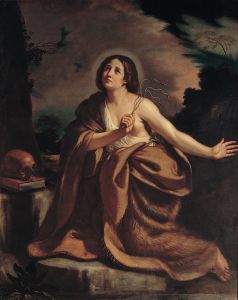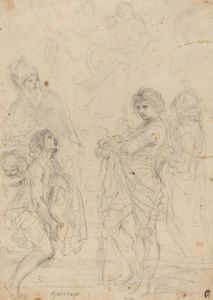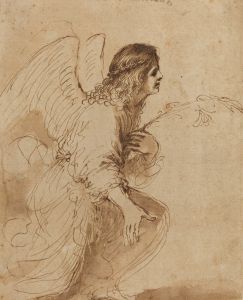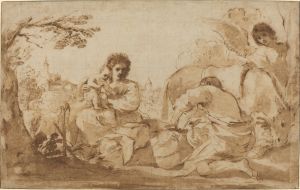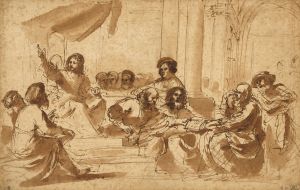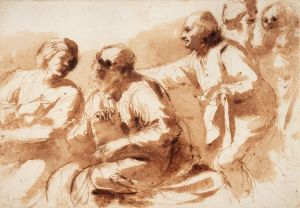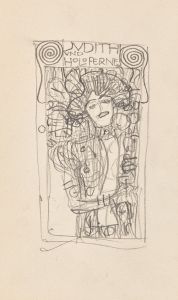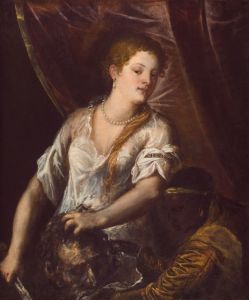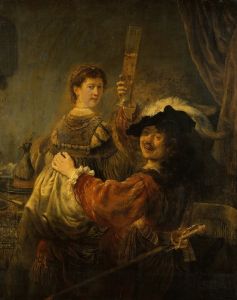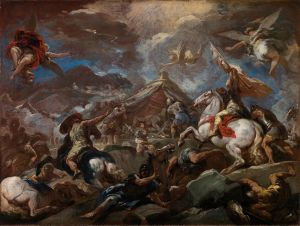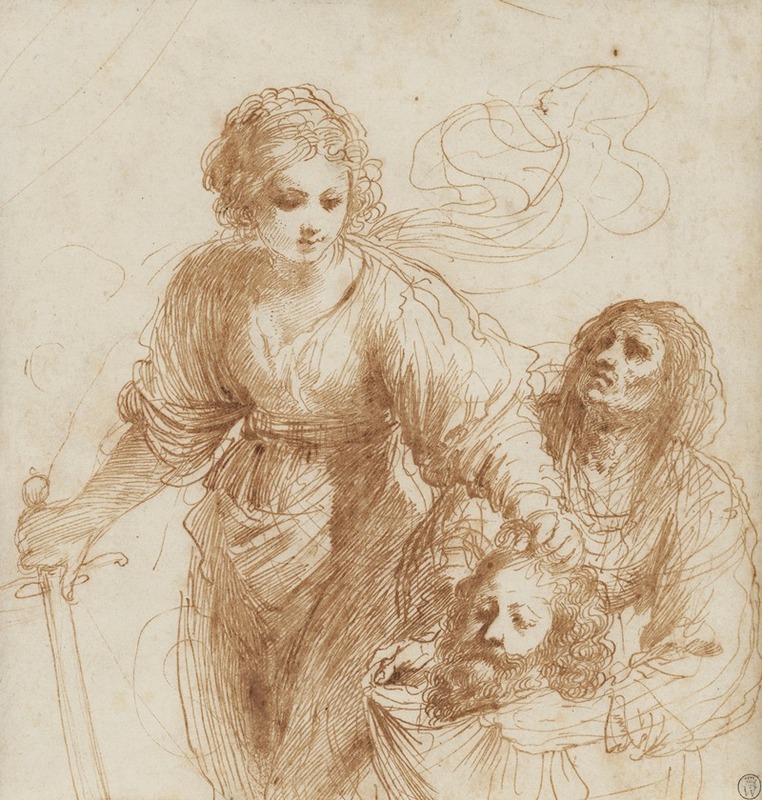
Judith with the Head of Holofernes
A hand-painted replica of Guercino’s masterpiece Judith with the Head of Holofernes, meticulously crafted by professional artists to capture the true essence of the original. Each piece is created with museum-quality canvas and rare mineral pigments, carefully painted by experienced artists with delicate brushstrokes and rich, layered colors to perfectly recreate the texture of the original artwork. Unlike machine-printed reproductions, this hand-painted version brings the painting to life, infused with the artist’s emotions and skill in every stroke. Whether for personal collection or home decoration, it instantly elevates the artistic atmosphere of any space.
Judith with the Head of Holofernes is a Baroque painting created by the Italian artist Giovanni Francesco Barbieri, commonly known as Guercino. The artwork depicts the biblical story of Judith, a Jewish heroine, who beheaded the Assyrian general Holofernes to save her people. This subject was a popular theme in Baroque art, as it allowed artists to explore dramatic contrasts, intense emotions, and dynamic compositions.
The painting portrays Judith holding the severed head of Holofernes, a moment that symbolizes her bravery and triumph. Guercino's interpretation of this scene is notable for its use of chiaroscuro, a technique that emphasizes the contrast between light and dark to create a sense of depth and drama. The lighting in the painting highlights Judith's face and hands, drawing attention to her calm yet resolute expression and the gruesome trophy she holds. The background is typically dark, a characteristic feature of Baroque art, which enhances the focus on the central figures.
Guercino, born in Cento, Italy, in 1591, was a prominent painter of the Baroque period. He was known for his dynamic compositions, emotional intensity, and masterful use of light and shadow. His works often combined naturalistic details with dramatic effects, reflecting the artistic trends of his time. Judith with the Head of Holofernes exemplifies these qualities, showcasing his ability to convey both the physical and psychological aspects of the story.
The exact date of the painting's creation is not definitively documented, but it is generally attributed to Guercino's mature period, during which he produced many of his most celebrated works. The painting is believed to have been commissioned by a patron, as was common practice during the Baroque era, though specific details about its original ownership are unclear.
Today, Judith with the Head of Holofernes is housed in the National Museum of Capodimonte in Naples, Italy. The museum holds an extensive collection of works from the Italian Renaissance and Baroque periods, and Guercino's painting is considered one of its highlights. It continues to be admired for its technical mastery and the emotional power of its narrative.
This artwork remains an important example of Baroque painting, illustrating the era's fascination with dramatic storytelling and the exploration of light and shadow. Guercino's Judith with the Head of Holofernes stands as a testament to his skill and the enduring appeal of this biblical tale in the history of art.





